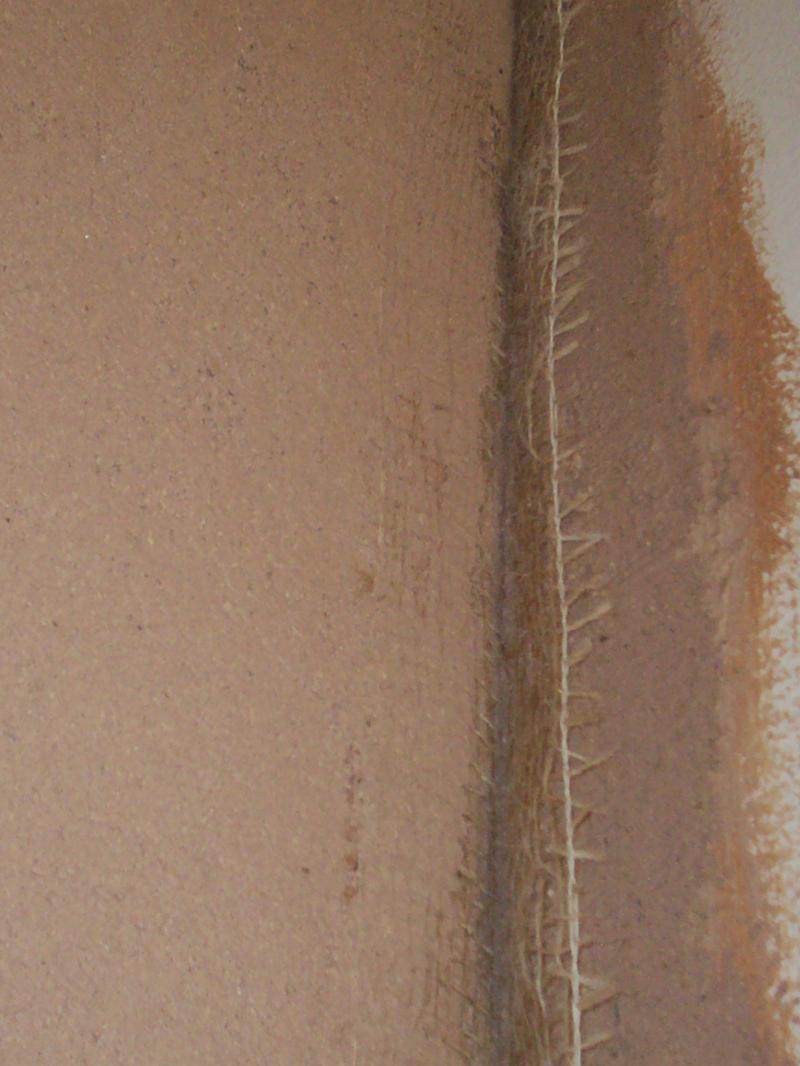Hi, I've done a bit of plastering in the past but seem to have a couple of questions.
What's the best way to stop the jointing scrim from showing through the finished plaster. Even after two coats sometimes you can see the mesh or even a raised ridge along the join.
Also sometimes i've had the second coat not adhere to the first & when polishing up it seems to just come away.
Am I doing something thing wrong.
Thanks in advance.
What's the best way to stop the jointing scrim from showing through the finished plaster. Even after two coats sometimes you can see the mesh or even a raised ridge along the join.
Also sometimes i've had the second coat not adhere to the first & when polishing up it seems to just come away.
Am I doing something thing wrong.
Thanks in advance.



